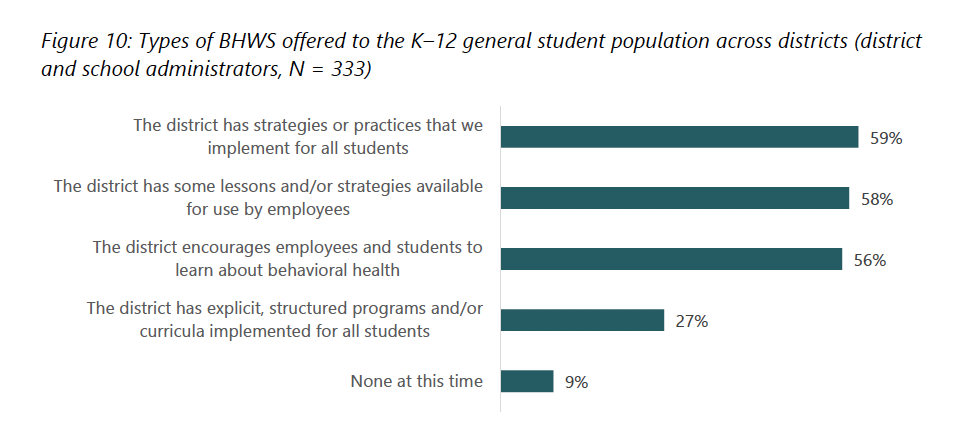* Reporter Sami Edge will focus on covering youth behavioral health services during the 2021 Legislative session. Do you have a question about the topic, or a story you’d like to share? Contact her at [email protected] or 775-225-8689.
The State Department of Education held its first in a series of community meetings on Friday intended to inform the state’s nexts steps for broadening student access to behavioral health supports in Idaho schools.
Close to 60 educators, superintendents, professors and community health partners participated in the call, where the SDE’s Eric Studebaker discussed Idaho’s patchwork of behavioral health services and social-emotional programs, and laid the groundwork for future meetings.
Stakeholders, who didn’t participate much in the initial meeting, flooded the state with questions about the reality of developing a sustainable, statewide approach to supporting youth behavioral health and wellness.
“With the Idaho ‘local control’ model, how do we create real systemic change for Idaho Youth?” one participant asked on an anonymous submission form.
“How can we address systemic issues in our state government that prevent progress toward access to mental health professionals for all K-12 students?”
And the constant: “How do we get funding?”
Behavioral health and wellness services are implemented inconsistently from school to school. A State Department of Education survey completed last fall showed that the majority of educators believe providing services makes students feel safe, readies them to engage in learning and strengthens student/teacher relationships.
 But only about 60 percent of districts have a strategy or practice to support all students. About 10 percent of districts said they’re currently not implementing any kind of behavioral health and wellness services. Rural and charter schools reported offering fewer services for students, faculty and employees.
But only about 60 percent of districts have a strategy or practice to support all students. About 10 percent of districts said they’re currently not implementing any kind of behavioral health and wellness services. Rural and charter schools reported offering fewer services for students, faculty and employees.
Studebaker, who is in charge of student safety and engagement at the SDE, plans to work with the stakeholder group to create a series of recommendations for State Superintendent Sherri Ybarra by July, then lay out a long-range plan for expanding services across the state.
Celeste Janssen, who works with Education Northwest, told participants on Friday’s call about approaches currently happening in other states. North Dakota, for example, has developed a series of grade-level social-emotional learning goals for students, similar to academic content standards. Social Emotional Learning is intended to help youth develop emotional awareness and build skills like communication, self-management and relationships.
North Dakota students in grades K-2 focus work toward benchmarks like: I can name my emotions, I can learn from my mistakes and I can recognize when I need help.
“State agencies are grappling with how to think about this area of work,” Janssen said. “Something that is important to point out is that how students work is important to education and has always been important to education. This is not a new conversation.”
Idaho’s legislators have at times questioned the value of focusing on social and emotional health in schools. Last year the House Education Committee was openly hostile toward an ask from Ybarra to fund teacher training on students’ social-emotional wellbeing.
But education leaders have continued to push for advancements in that arena. This year the State Board of Education hosted a virtual seminar on supporting youth mental health and the impacts of the pandemic.
Stakeholders will come together again next month to continue working on recommendations. At the end of Friday’s meeting, they submitted a list of priorities they’d like to cover.
“Diversity and inclusion…how do we make sure our schools are open to supporting all of our students,” one participant said.
“We must ensure that any framework includes parents/families. Students with disabilities, including those on 504 plans and IEPs are critical to this conversation,” another said.
“All of these things are so crucial, but as a whole could be overwhelming,” one participant added. “Where do we start?”
